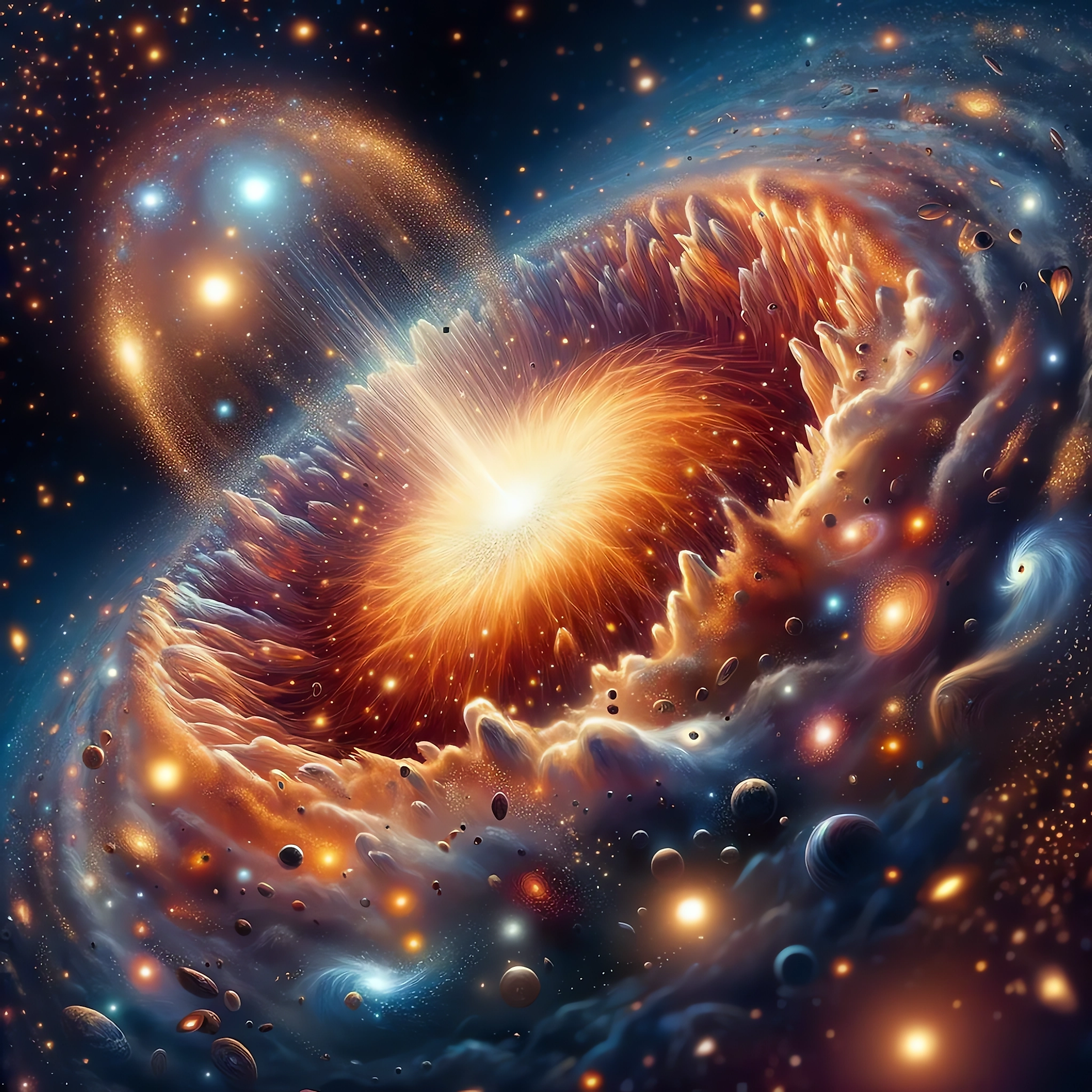
Can We Explain The Beginning Of The Universe?
The study of our universe has fascinated millions of people across human history. Ever since humans first walked the Earth, we have been dwelling on one big question: how did this all come to be? For much of our history, this was explained through various mythological, supernatural, or religious contexts. However, in the 20th century, the groundbreaking Big Bang Theory would sweep across the scientific community and become the prevailing and most widely accepted theory of how human life came to be and how our very universe sprang into existence.
The Big Bang Theory
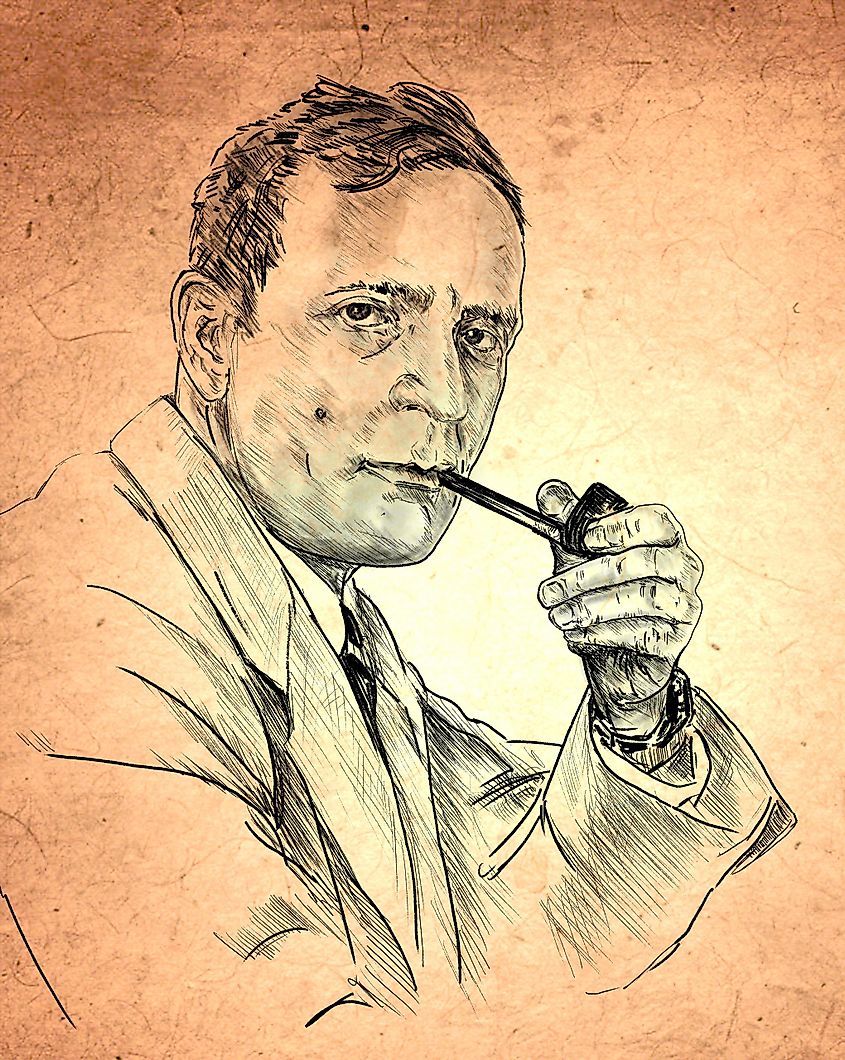
First proposed by astronomer Georges Lemaître in 1927, it did not take long for the new "Big Bang Theory" to turn the global scientific community on its head. While the world of astronomy was well aware of Lemaître's theory, it would be the work of famed scientist Edwin Hubble who truly gave credence to Lemaître's idea only two years later in 1929.
Edwin's work was instrumental in reinforcing the Big Bang Theory after he began to specialize in the study of faraway galaxies. In his work, he realized that these distant galaxies were, in fact, moving away from our own and that the further away the universe was from ours, the faster the velocity in which it traveled. This finding is the bedrock of the theory that at one point, all of these galaxies must have been closer to one another. So, what caused this separation to occur?
Lemaître's theory claims that the entire universe originates from an unfathomably small, hot, dense amount of matter that all explosively expanded. This sudden and violent explosion is what Lemaître thinks created our universe. He also claimed that our universe is continually expanding, something that Hubble's findings proved to be, at the very least, plausible.
Interestingly, Hubble never personally believed in the Big Bang Theory, but his findings were and are essential for other scientists to justify the theory.
Technological Advancements and Observation
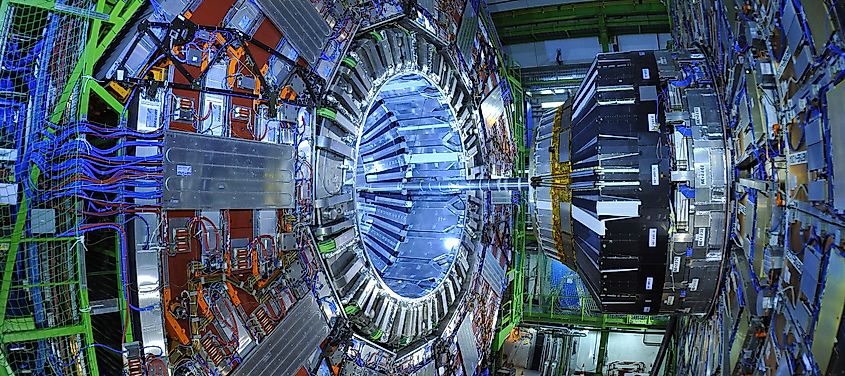
A lot of progress has been made since Lemaître's theory was first proposed nearly 100 years ago. Our understanding of the universe has expanded tenfold thanks to countless leaps and bounds made by the scientific community.
Perhaps the most important breakthrough in the study of the universe in the last 50 years was the launching of the Hubble Space Telescope in 1990. Name after Edwin Hubble, the incredibly powerful telescope was launched into our planet's orbit 33 years ago and is still capturing and discovering new things about our universe every year.
The Large Hadron Collider has also been an invaluable instrument in further understanding the Big Bang. Located at CERN in Switzerland, the Large Hadron Collider was designed to crash protons together at incredibly high speeds. This machine has been used by scientists to recreate some of the plasma of quarks and gluons that would have been present shortly after the Big Bang had occurred.
Explorations in Particle Physics
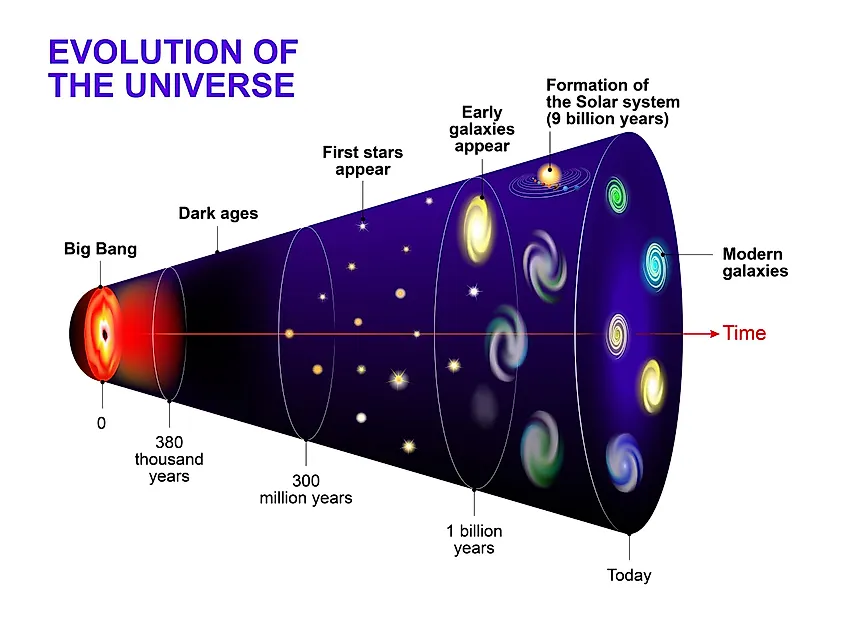
The work at CERN has given scientists a much deeper understanding of how our universe might have looked and behaved in the early stages after the Big Bang. The use of the LHC gives researchers the ability to test various other theories of how or why certain particles interact with one another.
Two kinds of experiments are done at LHC in this respect. One that studies the kinds of particles and their properties that are created after two heavy ions collide. The second test observes the momentum of these particles after the collision.
It is incredibly difficult to accurately monitor the momentum of these particles, but the technology and techniques invented have certainly improved over the years.
Educational and Public Engagement Initiatives
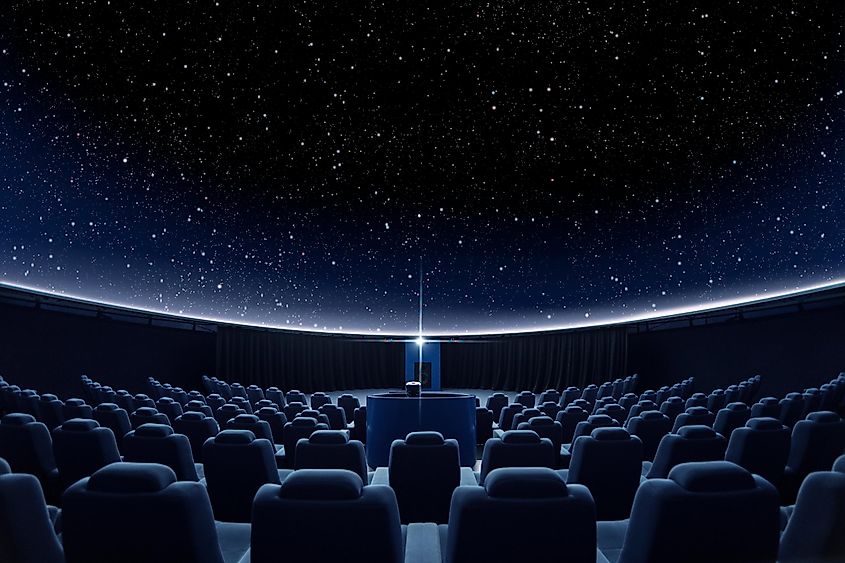
The scientific community has bent over backward, particularly in the last 30 years or so, to try and familiarize the public with the Big Bang in a way that is palatable and easy to understand. The Big Bang is taught in most public education systems around the world and has largely been successful in introducing laymen to a topic that can be quite dense and nebulous if done incorrectly.
For example, some universities, such as UCLA, have a program aimed at children that introduces them to astronomical topics, including the Big Bang. These programs vary wildly and are offered to kids all the way from 5 to 12.
Other public displays in planetariums or museums have excellent displays that touch on the Big Bang and the early universe, not to mention the dozens of short films and captivating television shows that are now available that also focus on this fascinating topic.
Challenges and Future Directions
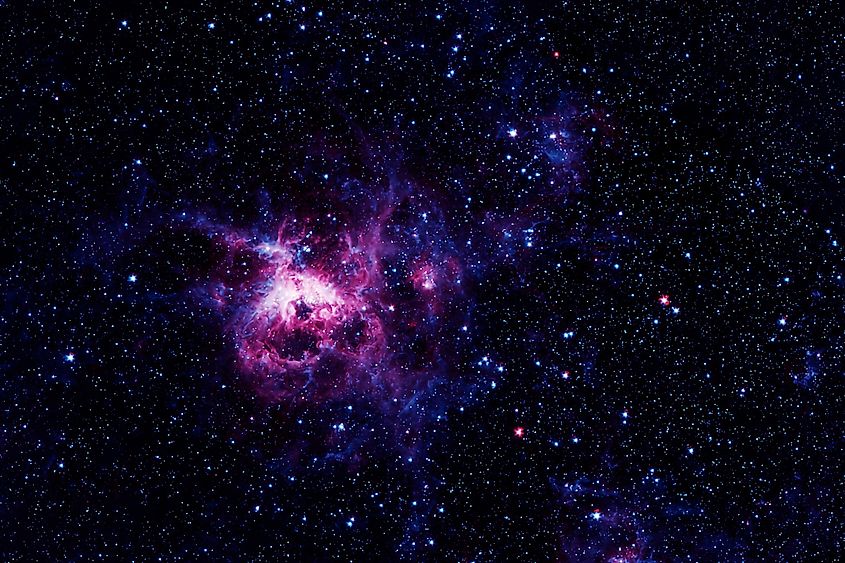
Despite the wide acceptance of the Big Bang Theory, there are still some issues. Even though scientists have been able to reconstruct the history of the universe, many unanswered questions remain. Dark matter and dark energy, making up an estimated 95% of all substance in the universe, are still heavily unexplained and remain mysteries. Scientists have struggled to explain why protons, electrons, and neutrons were created from the events of the Big Bang — issues like the existence of antimatter are still shrouded in speculation. Cosmologists and astronomers have no answers to some of these questions at the moment.
However, just because there is no answer now at this moment does not mean that one does not exist. It is totally possible that these answers do exist somewhere but are either eluding experts or simply unobtainable due to a lack of technological innovation. There is certainly a possibility that these questions could answered in the decades to come.
Philosophical and Ethical Implications
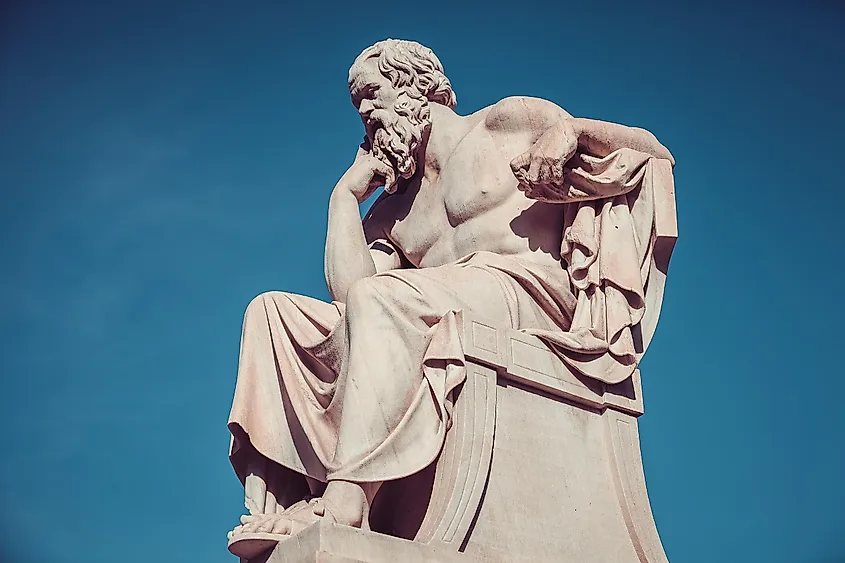
In many ways, the Big Bang Theory has had just as large an impact on the general public as it has on the scientific community. When the theory was starting to become popularized in public education, there was and in some cases still is pushback from parents claiming that this goes against certain religious teachings.
Many faiths, in one way or another, credit the creation of the universe to an all-powerful god or gods. While some members of religious groups accept the idea of the Big Bang, others remain staunchly opposed to it.
The Big Bang has also been the source of much inspiration to some and despair to others. There are those who are enthralled with the idea of trying to find out the true origin of our universe, while there are others who feel as though if the Big Bang is true, the universe and life itself are meaningless and without purpose.
The development of the Big Bang Theory did not happen due to one man but rather the tireless work of countless physicists, astronomers, philosophers, cosmologists, and mathematicians. This did not happen overnight, either. Various parts of the theory changed over the decades as technology developed and improved.
Even today, there are aspects of the Big Bang that we do not fully understand. However, if previous trends are anything to go on, there is a decent chance that one day, the unexplained mysteries attached to the Big Bange will eventually answered. We will all just have to wait and see.











